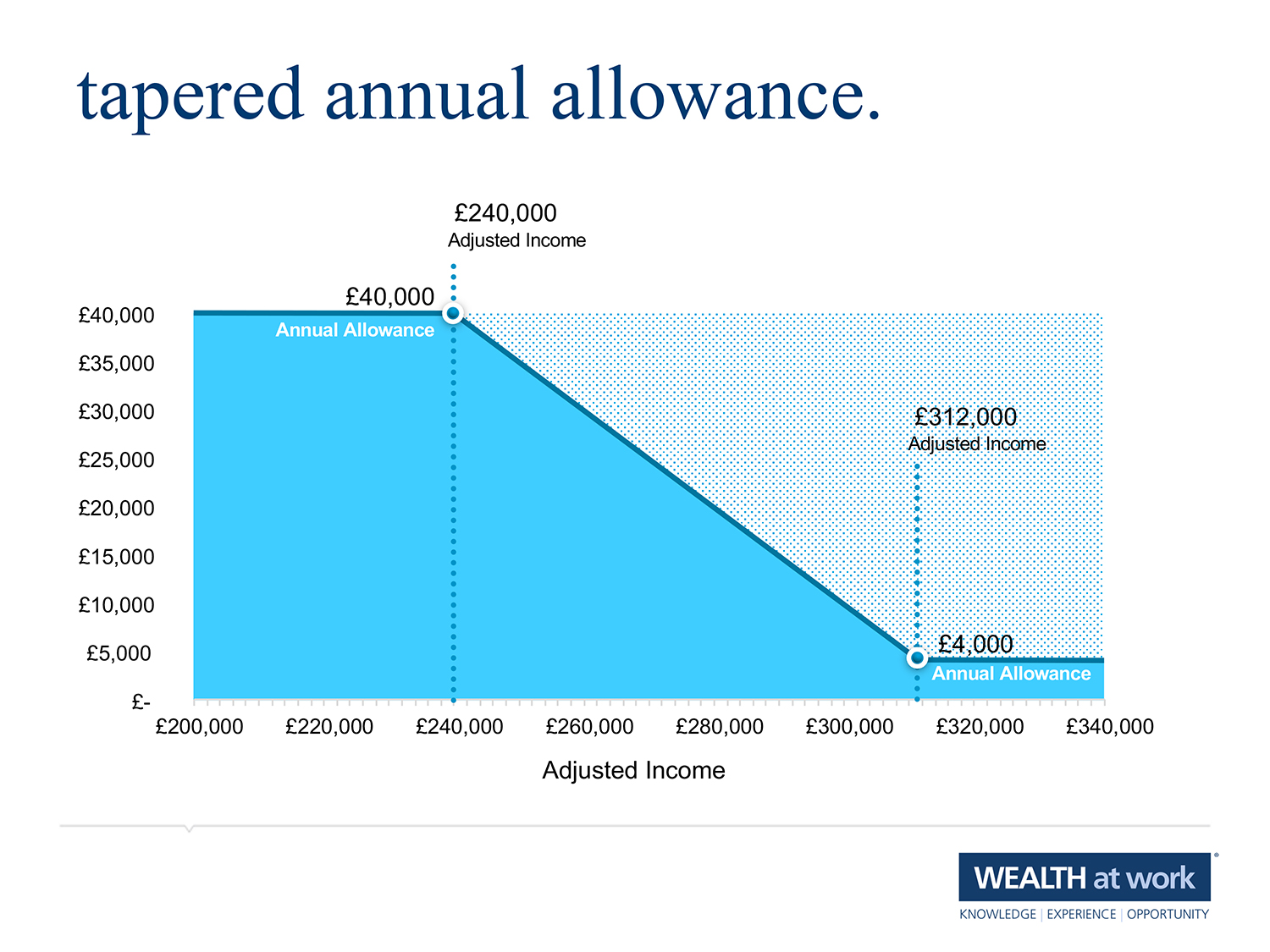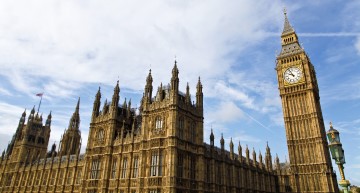Pension limits and taxation can be a complicated and a financially technical subject. With numerous government changes over the past few years we have seen these limits reduce substantially and thus more and more people are now affected.
We strongly recommend you attend one of our workshops where we can fully explain in more detail how you may be affected and what you can do about it.
However, if you think you need immediate help to discuss your own personal circumstances, please contact:
rewardsandbenefits@lincoln.ac.uk
The information below should only be used as information and guidance.




